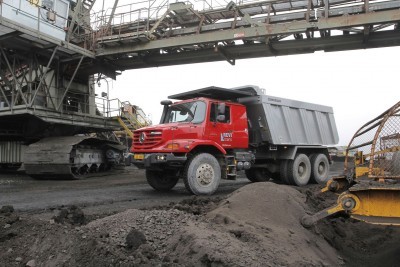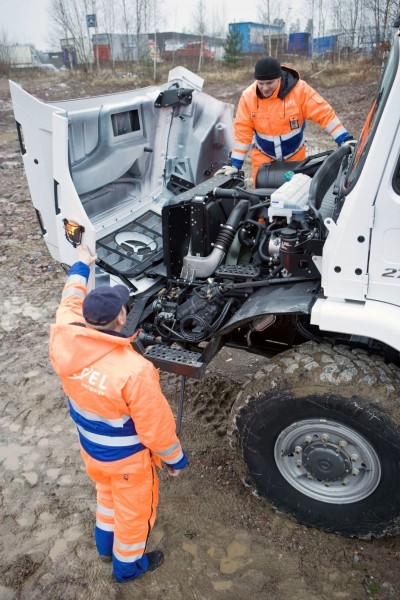Safety Training for Truck Drivers: A Lifesaving Investment
In such a high-stakes industry, safety training for truck drivers is not just a regulatory mandate but a critical, lifesaving investment. The trucking sector — an essential cog in the global supply chain — faces unique challenges that call for rigorous safety standards.
Let’s dive into the importance of safety training for truck drivers, highlighting its impact, key components, and benefits for the industry and public safety.
The Critical Need for Safety Training
The life of a truck driver has a labyrinth of risks — from long hours on the road to the transportation of hazardous materials. Comprehensive safety training equips these drivers with the skills and knowledge needed to mitigate these risks effectively and ensure safe driving.
Reducing Road Accidents
Truck-related accidents can be catastrophic. Quality safety training drastically reduces the likelihood of such incidents by educating drivers on defensive driving techniques, hazard perception, and accident avoidance strategies.
Regulatory Compliance
Safety training ensures compliance with various regulatory bodies, including the Department of Transportation (DOT) and the Federal Motor Carrier Safety Administration (FMCSA). This compliance is not merely about adhering to rules; it’s about fostering a culture of safety that transcends legal obligations.
Impact on Public Safety
The implications of truck driving extend beyond the individual driver to encompass public road safety. Proper training in safety protocols significantly contributes to safer roads for everyone.
Components of a Robust Safety Training Program
A holistic safety training program for truck drivers should encompass multiple facets of driving and operational safety.
Defensive Driving
Defensive driving courses are a cornerstone of truck driver training. They focus on skills like maintaining safe distances, understanding vehicle dynamics under different loads, and reacting appropriately to road conditions and other drivers’ actions.
Cargo Handling and Securement
For drivers handling diverse types of cargo, specialized training in load securement is vital — particularly for those transporting hazardous materials. Understanding the cargo dynamics during transport and the correct usage of securement systems is essential for safe transportation.
Emergency Preparedness and Response
Training drivers to respond effectively in emergencies — be it mechanical failures, medical emergencies, or road accidents — is crucial. This includes first-aid training, knowledge of emergency procedures, and efficient communication with emergency services.
Health and Wellness
Given the sedentary nature of truck driving, incorporating health and wellness education is imperative. This includes managing fatigue and stress and maintaining physical health, which is crucial for ensuring that drivers are always at their best while on the road.
Reduction in Insurance Costs
Companies with strong safety training records often see reduced insurance premiums. Insurers recognize the lower risk profile of such companies and reward them accordingly.
Enhanced Industry Reputation
Companies that invest in comprehensive safety training are often viewed as industry leaders. This commitment to safety can improve business prospects and foster a reputation for reliability and responsibility.
Cultivating a Safety-First Culture
Effective safety training instills a safety-first culture within the organization. This culture influences current employees and sets a standard for future generations of truck drivers.
Overcoming Challenges in Safety Training
Implementing an effective safety training program has its challenges. Diverse workforces, varying levels of experience, and logistical constraints can complicate training efforts.
Overcoming these challenges requires a commitment to continuous learning, adapting training methods to suit different learning styles, and ensuring that training is a regular, ongoing process.
Driving Towards a Safer Future
Safety training for truck drivers is more than a compliance requirement; it’s a fundamental investment in the well-being of the drivers and the public. It’s a commitment to excellence that transcends the confines of the trucking industry, contributing to a safer, more responsible driving culture.
As the industry continues to evolve, this commitment to safety training will undoubtedly remain a key driver of its success, safeguarding lives and shaping the future of road safety.

CRD Auto Industry Insider may contain helpful and on-topic partner content that auto enthusiasts and car shoppers find valuable.
















